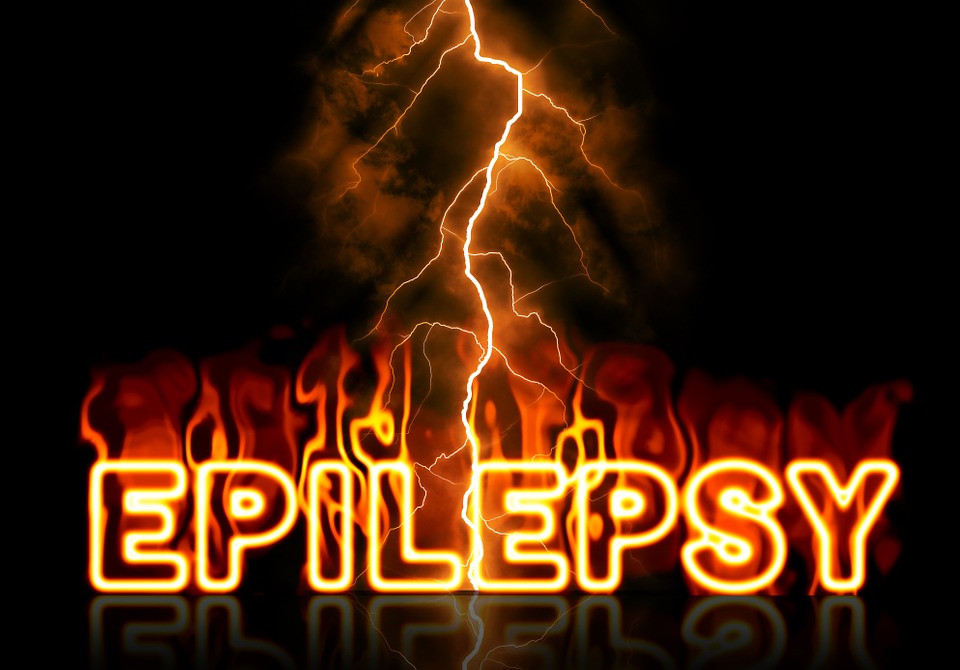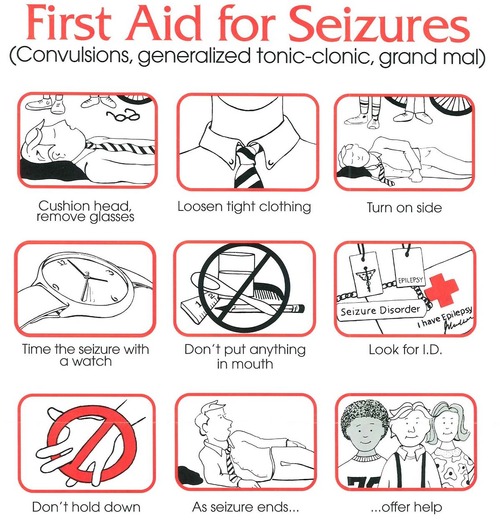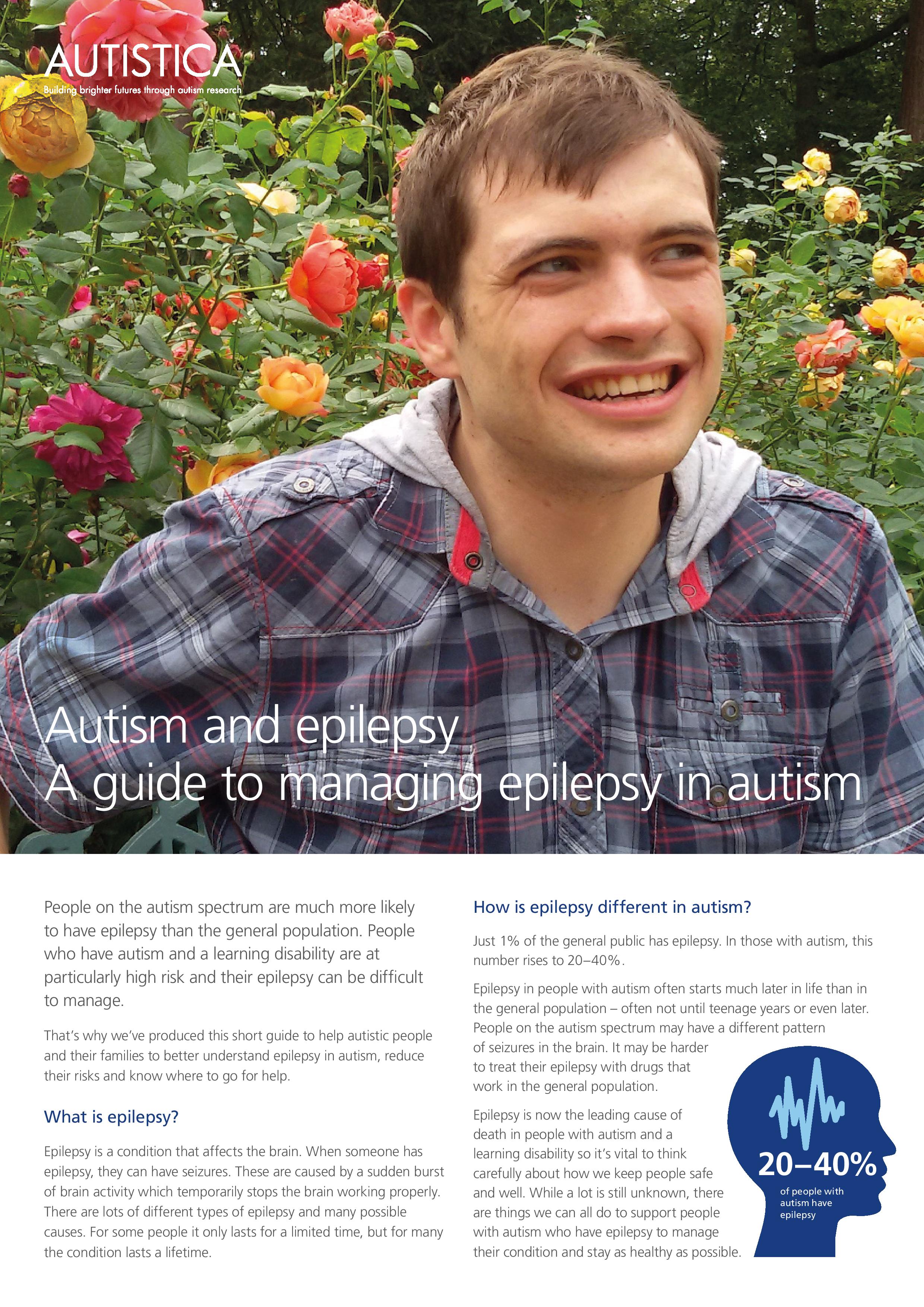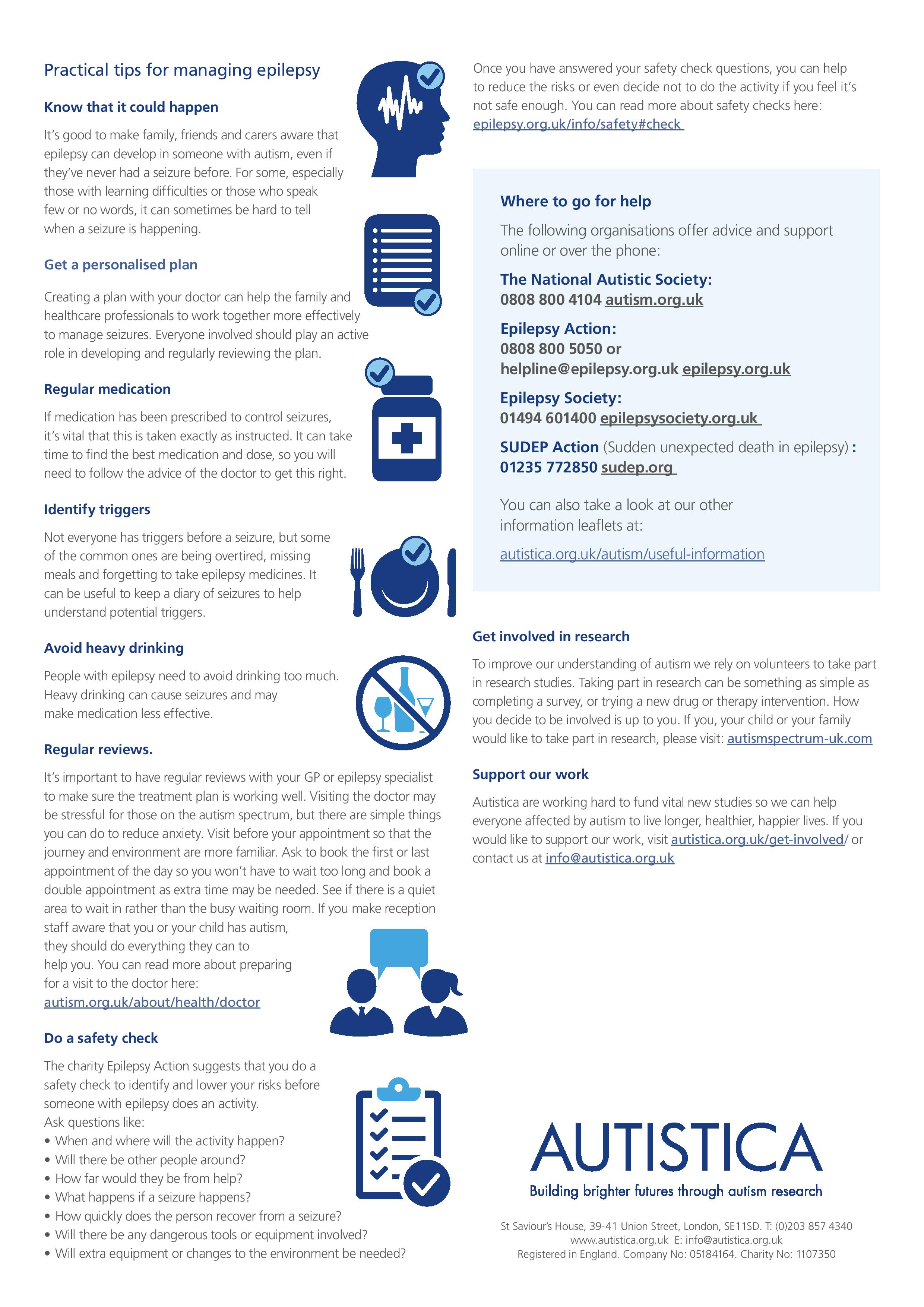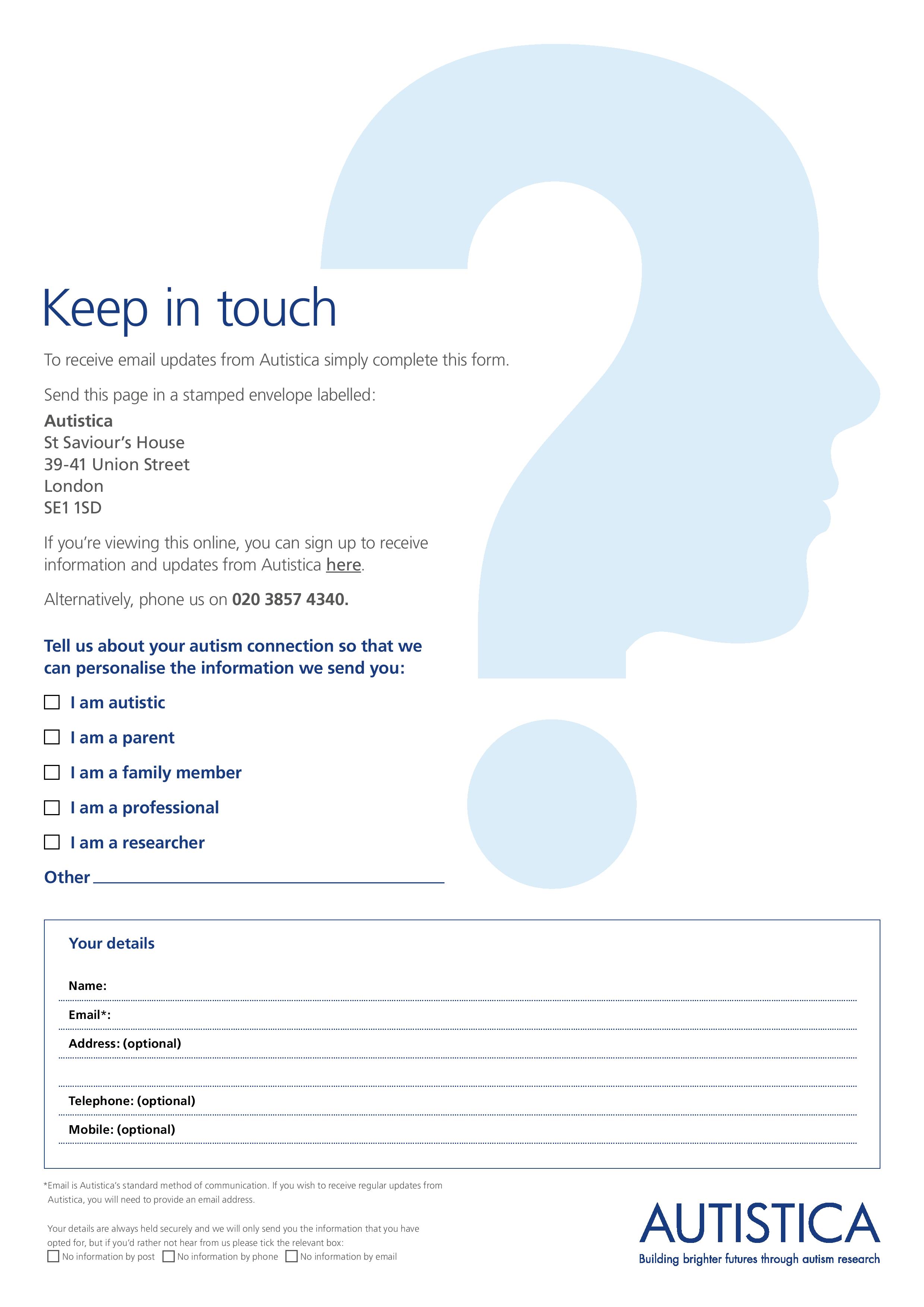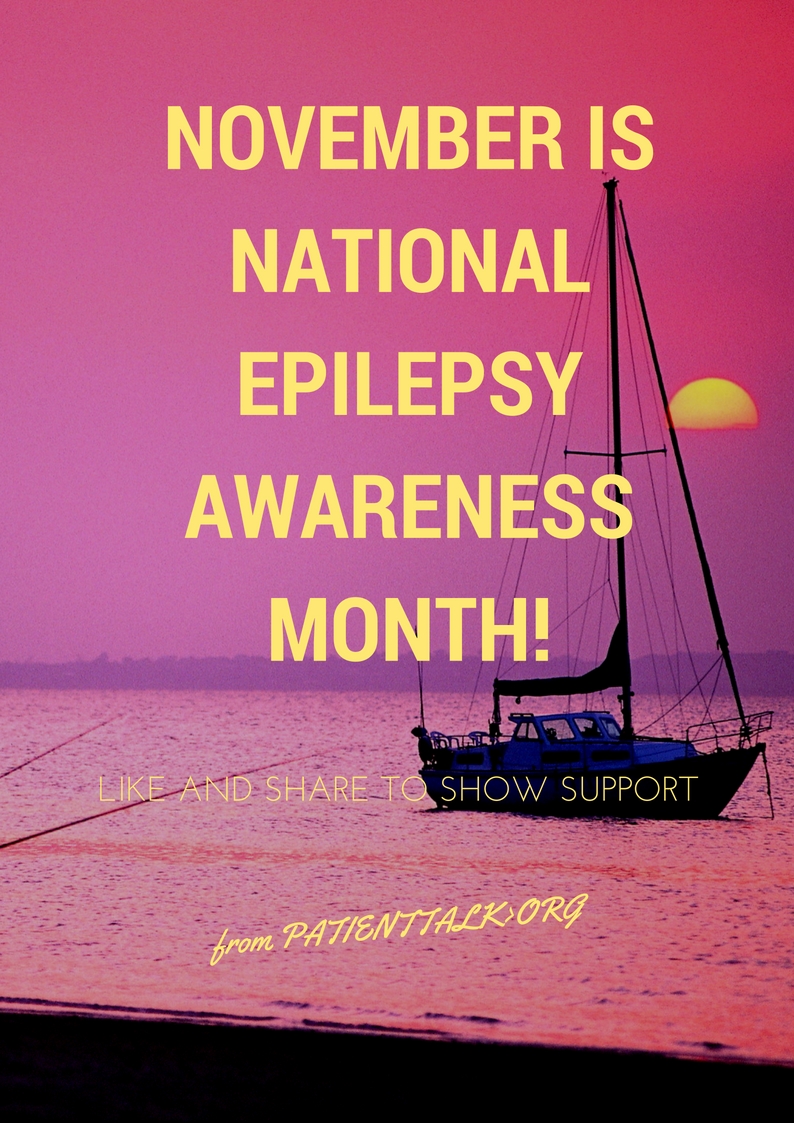If you see someone having a seizure or fit, there are some simple things you can do to help. Use this article to find out what they are, and when to call an ambulance.
It might be scary to see someone having a seizure, but don’t panic. “Try to comfort them and make sure they’re not hurting themselves,” says Dr Chris Clough, consultant neurologist (brain specialist) at King’s College Hospital, London.
“If they’re having a tonic-clonic seizure, they may be trapped behind something or kicking against something.” If you are with someone who is having a tonic-clonic seizure (fit):
move them away from anything that could cause injury – such as a busy road or hot cooker
cushion their head if they’re on the ground
loosen any tight clothing around their neck – such as a collar or tie, to aid breathing
when their convulsions stop, turn them so that they’re lying on their side
stay with them and talk to them calmly until they have recovered
note the time the seizure starts and finishes
Don’t put anything in the person’s mouth, including your fingers. They may bite their tongue, but this will heal. Putting an object in their mouth could cause more damage.
As the person is coming round, they may be confused, so try to comfort them.
Do you need to call an ambulance?
You don’t necessarily have to call an ambulance, because people with epilepsy don’t need to go to hospital every time they have a seizure.
“I have patients who have ended up in all parts of town because they’ve had a seizure and were taken to hospital,” says Dr Clough.
Some people with epilepsy wear a special bracelet or carry a card to let medical professionals and anyone witnessing a seizure know that they have epilepsy. “If they know they have epilepsy, they might just prefer to get on with their day.”
However, you should dial 999 if:
it’s the first time someone has had a seizure
the seizure lasts for more than five minutes
the person doesn’t regain full consciousness, or has a series of seizures without regaining consciousness
Remember what happens
Make a note of what happens during the seizure, as this may be useful for the person or their doctor.
Be aware of what the person does during the seizure. Make a note of what they’re like afterwards (e.g. sleepy, confused, or aggressive), and record how long the seizure lasts.
The following information may be helpful:
Where was the person?
What were they doing?
Did the person mention any unusual sensations, such as an odd smell or taste?
Did you notice any mood change, such as excitement, anxiety or anger?
What brought your attention to the seizure? Was it a noise, such as the person falling over, or body movements, such as their eyes rolling or head turning?
Did the seizure occur without warning?
Was there any loss of consciousness or altered awareness?
Did the person’s colour change? For example, did it become pale, flushed or blue? If so, where – the face, lips or hands?
Did any parts of the body stiffen, jerk or twitch? If so, which parts were affected?
Did the person’s breathing change?
Did they perform any actions, such as mumble, wander about or fumble with clothing?
How long did the seizure last?
Was the person incontinent (could not control their bladder or bowels)?
Did they bite their tongue?
How were they after the seizure?
Did they need to sleep? If so, for how long?
